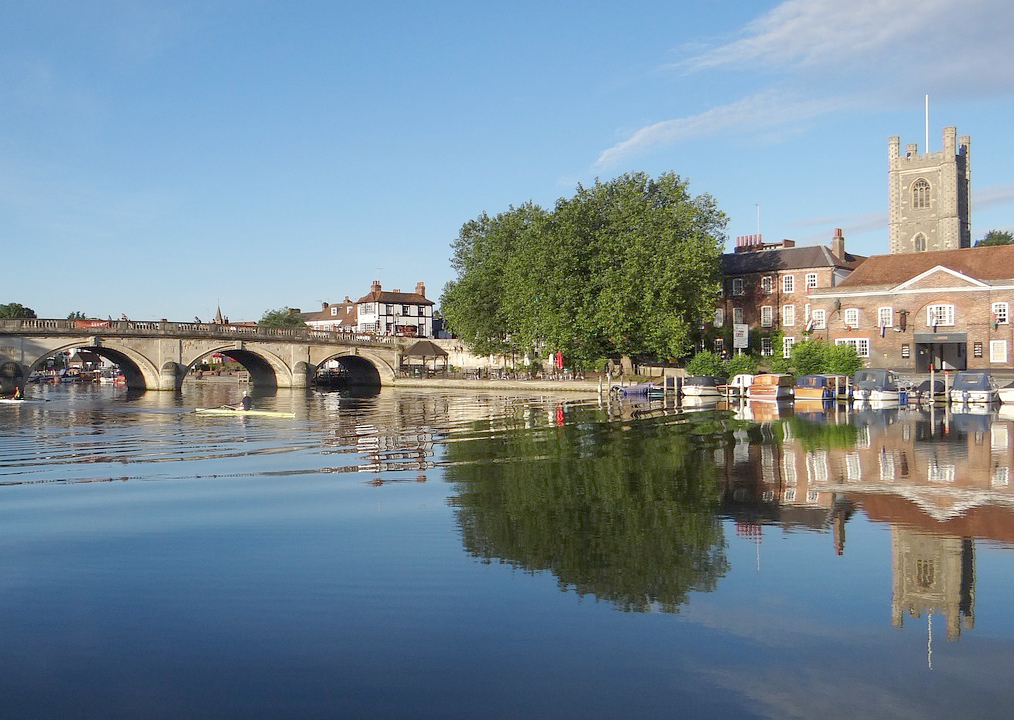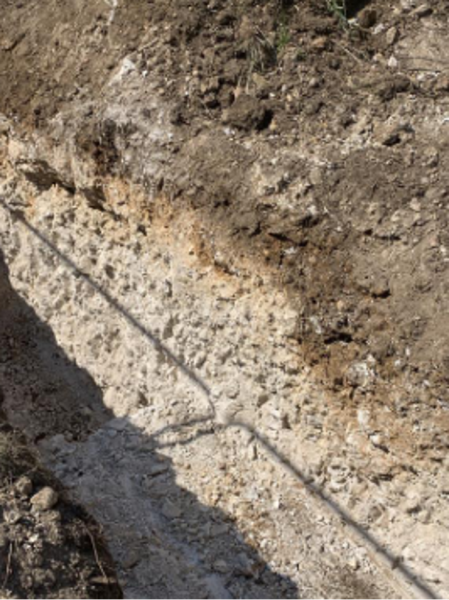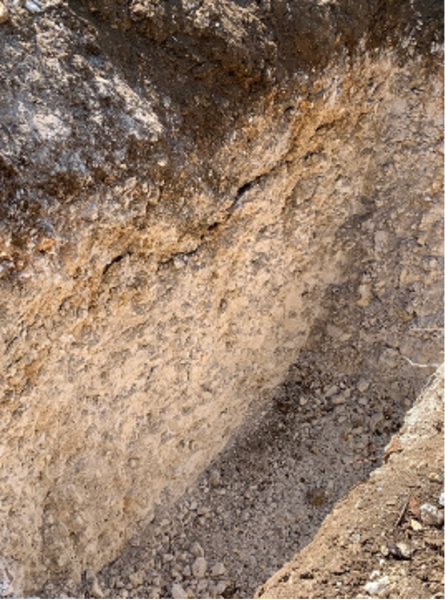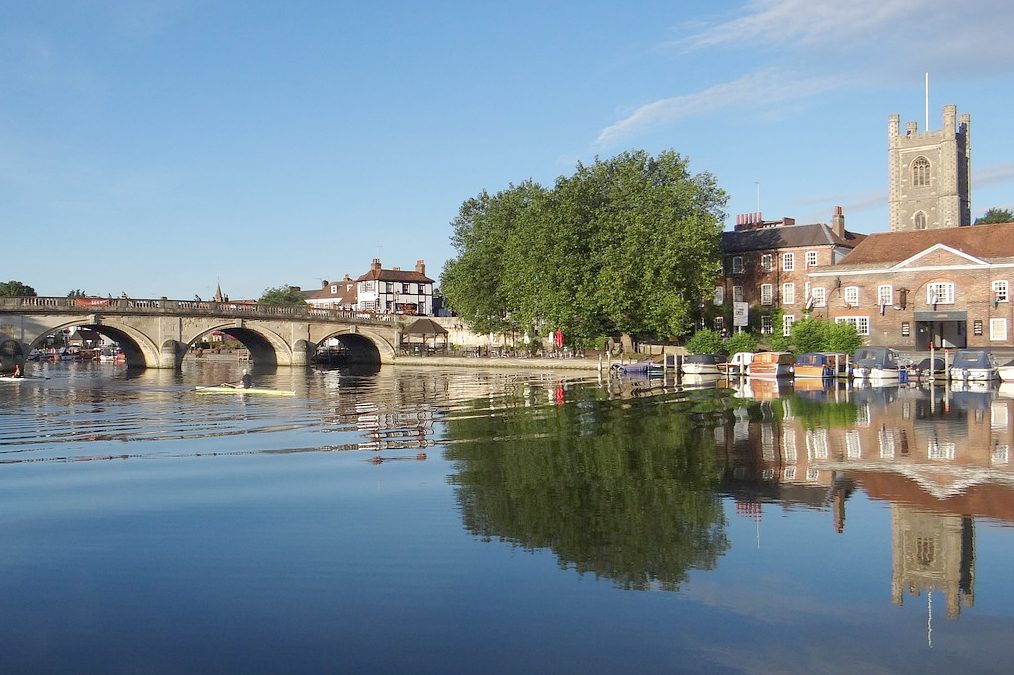Even small projects get the 100% G&W attention to detail
7th February 2024
Geotechnical
Our Client

Preliminary-Assessment

The Initial Investigation involved drilling five windowless sampler boreholes to depths of between 3.95 – 5.45m bgl with Standard Penetration Tests at 1.00m intervals. Boreholes were terminated early due to the density of strata. Three Super Heavy Dynamic Probes were undertaken through the base of boreholes to a final depth of 5.00m bgl. A Clay-with-Flints Formation was noted to a maximum depth of 1.00m bgl with the Seaford Chalk Formation noted to full depth in the boreholes. Minimum foundation depths were initially advised to be at 1.10m bgl, within the Seaford Chalk Formation. This was to bypass the Topsoil/Clay-with-Flints, and then found on competent moisture stable soils.
Our Challenge
The Ground & Water Approach
The process of this drilling can cause chalk to be recovered as disturbed samples, not showing their natural form, meaning that the chalk must be assumed as a worse case scenario “Dm” chalk. “Dm” chalk is structureless, with the main soil type being a SILT. If this was the main soil type on-site, then the original worse case scenario 100kN/m2 would have been kept in place. However, it was advised that the bearing capacity could be safely raised to 200 – 225kN/m2 if the chalk could be inspected via trial holes – in situ. A second intrusive investigation was required and approved.

The return Investigation
A return visit to the site was scheduled once the pit for the foundations had been dug. This was inspected, logged and sampled by a Ground & Water engineer. Thanks to the logging, and once the samples had come back from the lab to clarify, the chalk was classed as “Dc”. “Dc” chalk is also structureless, however the main soil type is a GRAVEL, rather than a silt. This type of chalk is therefore much stronger and has a better bearing capacity.
The Outcome
